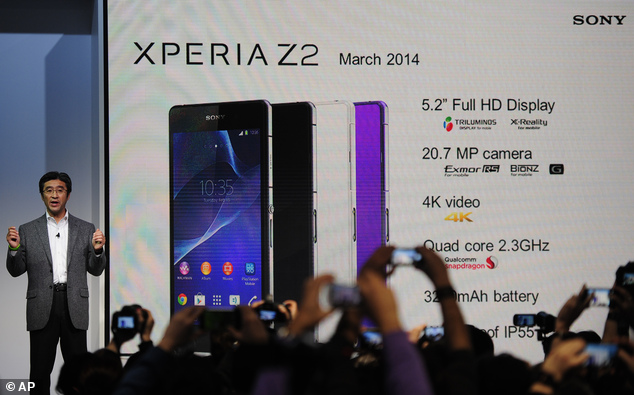Sony Showcases HD Video Recording Phone
For the last fourteen or so years, we’ve been watching digital video get better and better. By 2005, an amateur with a couple thousand dollars to spend could buy a camera like the Canon XL, which would produce movie quality video at a home video cost. In 2010, Flip cameras and their derivatives were so affordable that you could produce an HD web series for around a hundred bucks. Today, all of those devices seem outdated to the average amateur, whose cell phone packs a better video camera than the one they spent half their college fund on back in the early double-zeroes.
Now, if we’re being frank, real movie cameras will always have something of an edge over cell phone cameras. Simply put, a dedicated movie camera is always going to have the features that a filmmaker or videographer wants. It’s hard to attach a new lens or filter to a cell phone, and phone cameras are built for convenience above all. Someone who takes the visual component of cinema seriously will probably never want to use a cell phone camera for anything but a gimmick (say, a found-footage sequence in a movie), unless, of course, Canon for some reason decides to develop a smartphone specifically for cinematographers.
That said, there seems to be less and less of a reason for anyone but a filmmaker to invest in a dedicated video camera. One of the final nails in the coffin of the consumer video camera market may be Sony’s new phone featuring Ultra HD quality video recording. Sony has had a hard time catching up in the Apple/Samsung dominated phone industry, but the new camera may just prove to be a game changer in both the phone and HD camera markets.
Regardless of how the phone fares in the smartphone market, it is highly unlikely that it’s going to make much of a dent in the sales of professional grade video cameras like the Sony HDR line. Professionals want professional equipment. Even the “prosumer” market for middleweight-performance cameras sold at consumer prices isn’t likely to take much of a hit, as film students are perhaps even more precious about having professional equipment than professionals themselves are. The consumer-grade camera market, on the other hand, appeals to certain groups of people including:
- Amateurs
If you’re not too concerned with the art of cinematography but you want to record yourself and your friends putting on funny skits, there’s little reason to spend $300 or more on a camcorder when the phone built into your camera makes it easy to produce good looking HD footage.
- Hobbyists
If you’re not interested in video on any sort of a professional level at all, if you simply want to record your son’s birthday party to preserve the memory, then what do you really need with wide angle lenses and color filters? An HD cell phone camera sounds a lot more convenient than a heavy equipment bag full of camera parts.
Whether or not the phone dominates the smartphone market, it will likely set the bar a little higher for built-in cameras. The Xperia Z2 also boasts noise-cancelling technology, which should help to produce cleaner audio both during phone calls and on recorded video.
“Sony is a brand that has had a hard time becoming a player in the smartphone market,” said technology expert and entrepreneur Jason Hope “whether or not the new Xperia takes off, it may well leave a mark on how Apple designs and markets their phones with regards to video recording.”
Although cinematographers, directors and video buffs will be loath to admit it, the fact is that most people won’t really be able to tell the difference between professional footage shot on a Sony HDR, and amateur footage shot with a really good cell phone camera. A film buff might, a film professional might, but the day when every other Sundance darling is shot on credit-card sized smartphone is approaching faster than we might like to believe. You can’t replace a cinematographer’s eye for the frame with a smartphone, but the importance of expensive equipment is rapidly dissolving.
Featured images:
- License: Creative Commons image source
About Author: Amy Taylor is a business and technology writer. Amy began her career as a small business owner in Phoenix, AZ. She enjoys writing about business technology trends. When she isn’t writing, she enjoys hiking with her Alaskan Malamute, Sam.





